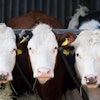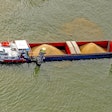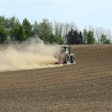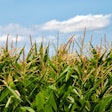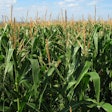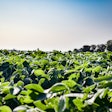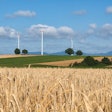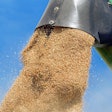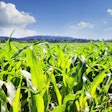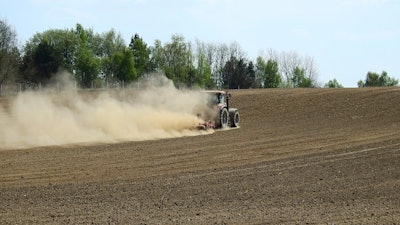
The latest U.S. Drought Monitor report reveals significant drought expansion across several major agricultural regions, threatening crop yields and farm productivity. The report, produced by the National Drought Mitigation Center, the U.S. Department of Agriculture and the National Oceanic and Atmospheric Administration, shows that while some regions experienced rainfall, much of the U.S. continues to struggle with below-normal precipitation and above-normal temperatures, worsening drought conditions for many farmers.
Midwest agricultural hub faces worsening drought
The Midwest saw drought conditions expand further this week. With below-normal precipitation and higher-than-average temperatures in northern parts of the region, key states like Minnesota, Missouri, Illinois, Iowa, and Wisconsin experienced significant drought degradation. In Minnesota and Missouri, severe drought expanded, putting additional strain on farmers during harvest season. In Illinois, one of the nation's top corn and soybean producers, drought conditions have intensified, particularly in the southern parts of the state, where crop development is now at risk.
Southern states grapple with growing dryness
In the South, Texas, Oklahoma, Arkansas, Louisiana, and Mississippi saw moderate to severe drought expand, exacerbating concerns for the upcoming planting seasons and water availability for livestock. Particularly concerning are the impacts on cotton and soybean crops, where inadequate soil moisture and extreme heat have stunted growth and delayed harvesting. Texas, already dealing with extended dry spells, faces heightened challenges in managing irrigation for its water-intensive crops.
High plains region faces extreme drought
Farmers in the High Plains also experienced intensified drought conditions this week, with extreme drought introduced in northeastern Nebraska and parts of South Dakota and Wyoming. Precipitation fell across parts of the region, but it was not enough to alleviate the severe impacts of the ongoing dry conditions. Ranchers and crop producers alike are now battling high temperatures and insufficient rainfall, which have led to reduced soil moisture and lower water levels in key reservoirs, affecting both crop production and livestock grazing.
Drought expands in the West
The western U.S. continues to experience drought despite localized rainfall in areas such as Utah and New Mexico. Montana, a significant producer of wheat and barley, saw moderate to extreme drought expand, threatening crop yields and impacting ranching operations that rely on healthy pastureland. Farmers are concerned about water shortages and soil degradation, which may persist into the next planting season if relief does not come soon.
Economic and agricultural impact
The growing drought across major agricultural regions is already impacting crop yields and farm revenues. Reduced soil moisture and irrigation water availability could lead to lower production volumes, driving up costs for consumers. Corn, soybean, cotton, and wheat crops are particularly vulnerable, and further drought expansion could lead to increased volatility in commodity markets. Additionally, livestock producers are facing challenges in maintaining feed supplies due to dried-up pastures and dwindling water resources.
Looking ahead
The forecast shows some relief in the form of rain for parts of the Pacific Northwest and Midwest, but much of the southern and eastern U.S. is expected to remain dry. With many regions grappling with above-normal temperatures, farmers are preparing for what could be a challenging close to the 2024 growing season. The Climate Prediction Center’s outlook suggests continued dry conditions across the Southeast and parts of the Southwest, with potential implications for winter crops and water storage moving forward.
As drought conditions deepen in these key agricultural regions, the impact on U.S. food production, supply chains, and global markets is becoming more pronounced. The agricultural community will need continued support and innovative solutions to mitigate the effects of this growing environmental challenge.
